

Thousands of rare 'ice eggs' found on beach in Finland
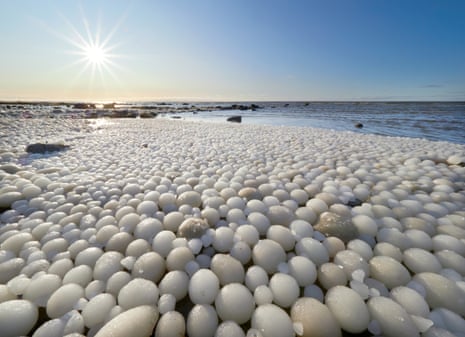
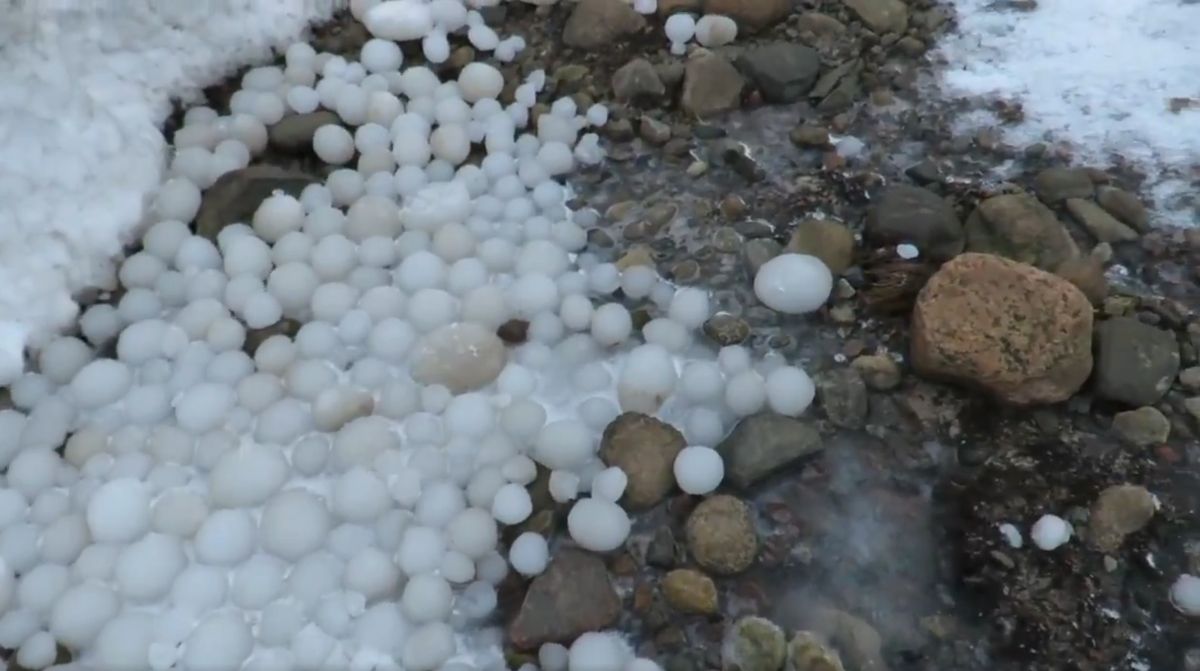

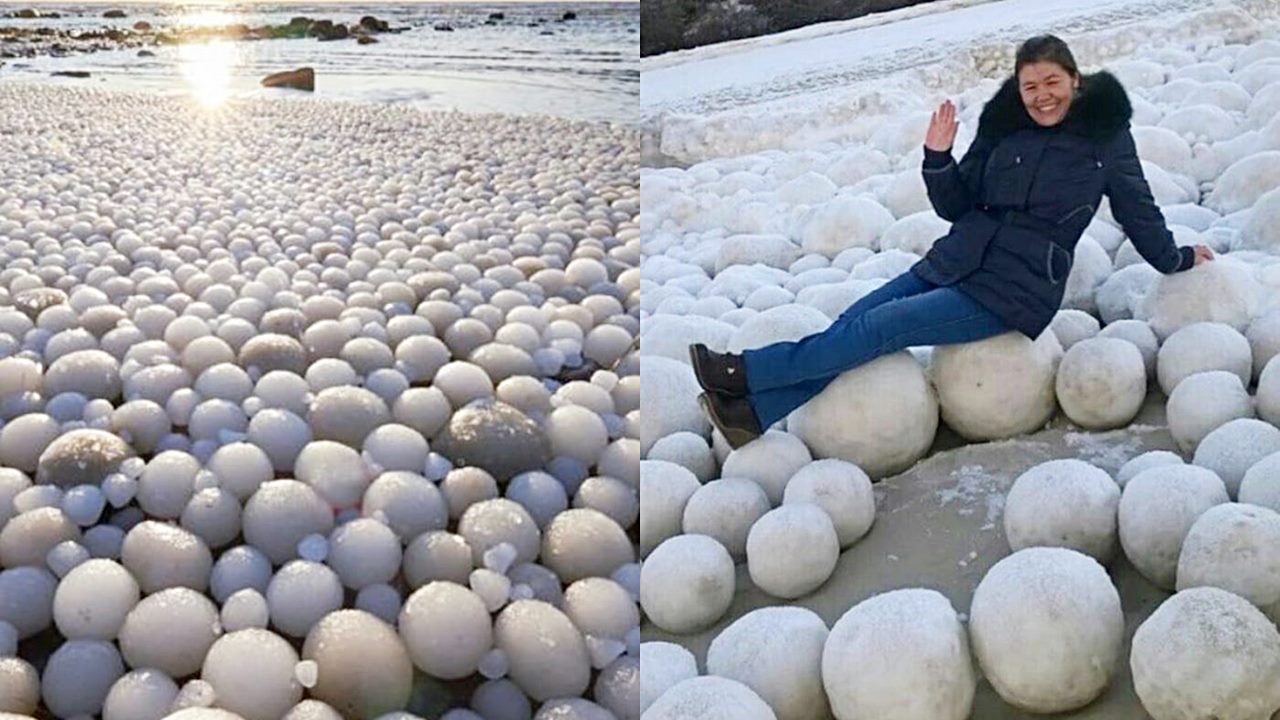
Ice comes in many shapes and sizes, from mountainous icebergs to tiny flurries of snow. But few of us will ever come across a field of football-sized 'ice eggs'. Nature just loves to keep us guessing.
When amateur photographer Risto Mattila went for a Sunday stroll along Marjaniemi beach on Finland's Hailuoto Island recently, that was exactly what he found. Lucky for us, he took some snaps, which quickly spread through social media.
"I was with my wife at Marjaniemi beach. The weather was sunny, about -1 Celsius (30 Fahrenheit) and it was quite a windy day," Mattila told the BBC.
"There we found this amazing phenomenon. There was snow and ice eggs along the beach near the water line."
A stretch of roughly 30 metres (about 100 feet) of sand was littered with frozen spheres that ranged from golf ball-sized to the circumference of a football.
The bizarre sight might look like carnage after a serious snowball fight, but it actually has more in common with your garden variety hailstones, because the formation of these 'ice eggs' requires a near-perfect set of meteorological conditions - not too warm, not too cold, not too windy, not too still.
First of all, you need relatively calm water. It also has to be just cold enough for ice to form, given the opportunity.
That opportunity requires something small for that close-to-freezing water to cling to, such as small ice crystals or grit floating in the water.
Hail forms when water condenses and freezes onto particles blown up inside storm clouds, for example. As they fall and rise, the stones collect layers of ice, until finally they grow too heavy and drop.
In the case of these ice eggs, it's not the chaotic blast of rising air currents that lead to the slow build-up of ice, but the gentle churn of water, blown by a suitably stiff breeze that helps layers of ice form on the floating ball as it rolls through the freezing currents.
Take a look at these grittier ice rocks being washed up on the shore of Lake Michigan in the US a few years ago to get an idea of how they develop:
Given enough time, the frozen rocks can grow to become virtual boulders. In 2016, similar giant snowballs washed up on a beach in Siberia, some measuring a metre (about 3 feet) across.
It's not the kind of thing most of us would see while out on a winter walk on our favourite beach or river bank, but Mattila wasn't the only one to appreciate this unusual phenomenon, with local resident Ritva Rundgren capturing this footage below.
Recommended Videos
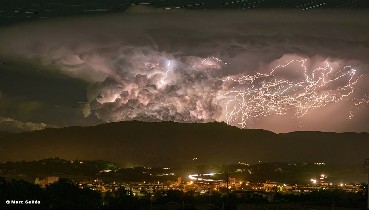 Amazing Photo Captures Intense Lightning Storm With Star Trails Swirling Above It73 views
Amazing Photo Captures Intense Lightning Storm With Star Trails Swirling Above It73 views The Worst Fashion Fails101 views
The Worst Fashion Fails101 views-
Advertisements
 Rainbow Eucalyptus: The Most Beautiful Tree in the World112 views
Rainbow Eucalyptus: The Most Beautiful Tree in the World112 views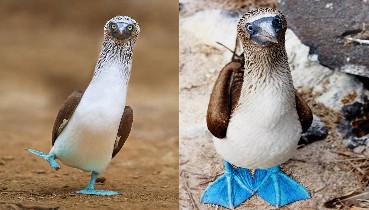 Blue-footed boobies are incredibly adorable birds.3181 views
Blue-footed boobies are incredibly adorable birds.3181 views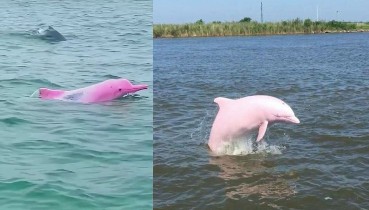 Rare Pink Dolphin Spotted At The Coast Of Louisiana168 views
Rare Pink Dolphin Spotted At The Coast Of Louisiana168 views 10 ugly and inappropriate wedding dresses. What were they thinking?1127 views
10 ugly and inappropriate wedding dresses. What were they thinking?1127 views AI-Generated ‘Symbiotic Architecture’ Project Envisions An Apartment Complex Within A Live Redwood1489 views
AI-Generated ‘Symbiotic Architecture’ Project Envisions An Apartment Complex Within A Live Redwood1489 views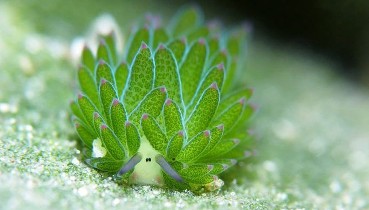 Sea Sheep – This Adorable Sea Slug Eats So Much Algae20 views
Sea Sheep – This Adorable Sea Slug Eats So Much Algae20 views
You may also like
 Enormous ‘Alien-Like’ Wasp Nest, Equivalent to a ’70-Inch TV,’ Found by Homeowner in Bathroom.
Enormous ‘Alien-Like’ Wasp Nest, Equivalent to a ’70-Inch TV,’ Found by Homeowner in Bathroom.  Black Bear Caught Taking a Nap Inside Giant Bald Eagle Nest in Alaska..
Black Bear Caught Taking a Nap Inside Giant Bald Eagle Nest in Alaska..  118 Times Nature Won The Battle Against Civilization (New Pics)
118 Times Nature Won The Battle Against Civilization (New Pics)  World’s Oldest Leather Shoe Is Incredibly Well-Preserved
World’s Oldest Leather Shoe Is Incredibly Well-Preserved